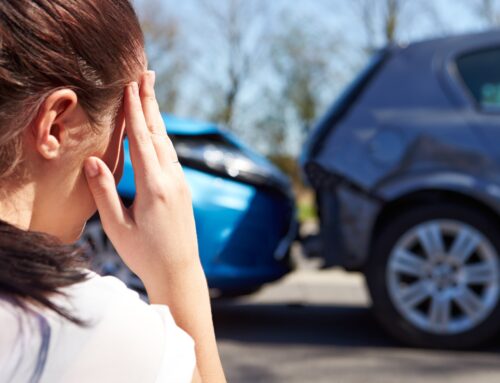In an era characterized by rapid technological advancements, the realm of pedestrian safety is no exception to the transformative influence of innovation. As we witness the integration of cutting-edge technologies into various aspects of our daily lives, it becomes imperative to explore how these advancements are reshaping the landscape of pedestrian safety. Technology may play a big role in the compensation your pedestrian accident lawyer may be able to secure you after being hit by a car. Our friends at Eskesen Law Firm are looking at how technology is changing pedestrian personal injury claims.
Driver Assistance Technology
One of the most significant technological contributions to pedestrian safety is the advent of driver-assistance systems (DAS) in vehicles. These systems employ sensors, cameras, and radar to detect obstacles, including pedestrians, and provide timely warnings or even intervene to prevent collisions. Features such as automatic emergency braking and pedestrian detection have proven to be instrumental in mitigating the severity of accidents and, in some instances, preventing them altogether.
Furthermore, the rise of autonomous vehicles represents a promising frontier in pedestrian safety. Self-driving cars are designed to navigate urban environments with a heightened focus on pedestrian well-being. With advanced algorithms and sensor arrays, autonomous vehicles can anticipate and react to pedestrian movements more effectively than human drivers, potentially reducing the incidence of accidents.
Technology And City Infrastructure
In the realm of infrastructure, smart city initiatives leverage technology to enhance pedestrian safety. Intelligent crosswalks equipped with sensors and signals can dynamically adjust to pedestrian traffic, ensuring safer crossings. Additionally, interactive traffic lights equipped with countdown timers and audible signals assist pedestrians in gauging the time available to cross, contributing to a more informed and secure pedestrian experience.
Smartphones And Pedestrian Safety
Mobile applications play a pivotal role in empowering pedestrians with real-time safety information. Pedestrian-centric apps provide users with data on safe walking routes, traffic conditions, and real-time updates on potential hazards. These applications not only enhance situational awareness but also enable pedestrians to make informed decisions about their routes, minimizing the risk of accidents.
However, the integration of technology into pedestrian safety is not without its challenges. The prevalence of smartphones and other electronic devices has introduced a new set of distractions for both pedestrians and drivers. The phenomenon of “distracted walking” has become a concerning issue, as pedestrians engrossed in their devices may be less attentive to their surroundings, increasing the likelihood of accidents.
How Could Technology Impact Your Claim?
Determining liability in the event of an accident involving a self-driving car requires a nuanced understanding of the interplay between technology, human actions, and traditional legal frameworks. Policymakers and legal experts are grappling with the need for updated regulations to address these emerging issues and ensure a fair and just legal landscape.
Technology is undeniably reshaping the landscape of pedestrian safety, offering innovative solutions to age-old challenges. While driver-assistance systems, autonomous vehicles, and smart city initiatives hold the promise of a safer pedestrian environment, the integration of technology must be approached with a comprehensive understanding of its potential pitfalls. Striking a balance between technological advancements and legal considerations is essential to harness the full potential of innovation in fostering pedestrian safety in the digital age. And, as lawmakers strive to catch up with emerging technology and address how technology impacts personal injury suits and liability, the role of a pedestrian accident attorney becomes even more important.







